|
We recently saw on social media that a roastery was promoting an Ethiopian coffee, emphasising that the altitude of 2,000m above sea level at which it was grown was impressive!!!! And this made us think about how incomplete the information we receive is and how little is known about all the factors that influence the cultivation of coffee and its impact on quality. Because altitude alone does not tell us much, if it is not accompanied by latitude (location of the place where the coffee has been grown with respect to the Equator), microclimate, soil quality, species, variety, process, etc. All this information boils down to the need to produce denser coffee beans. Density in coffee is synonymous with quality, because a bean grown at the right altitude and latitude is most likely to grow in a cold microclimate with less oxygen, which will slow down the ripening of the cherry on the plant. Slow ripening is essential to produce quality coffees, because the longer the cherry spends on the plant, the more sugars the cherry will absorb during its development and the more complex its flavour will be.
0 Comments
Kenya is divided into 47 counties, and in only 18 coffee is produced. Nyeri and Kirinyaga are definitely the most popular counties for traders and roasters in origin. As a consequence of the above, they are also the ones that obtain the highest prices in the auctions of the Nairobi Coffee Exchange. So the million dollar question is: why Kiambu does not have the same relevance as its neighbors in the specialty coffee market? And the answer is not as obvious as you might think. If we analyze the type of cultivars used in the three counties, we find that the most common cultivated varietes (between 90 and 95%) are SL28 and SL34, which are as we have said, the ones that produce the best quality in the cup. Let's look at the altitude, the average range of altitude in the cultivated areas is higher in Kiambu with 1860masl, followed by Nyeri with 1760m and Kirinyaga with 1605m. Rain patterns. In the three counties are also similar, there are bimodal rain patterns which brings two wet seasons a year (therefore 2 flowerings and two harvests a year), with annual rainfall averages of 953 mm for Nyeri, 1098 mm for Kiambu and 1518 mm for Kirinyaga . The composition of the soils is similar in all three counties. They are all red volcanic soils, rich in nutrients and organic matter. And the processing method, exactly the same, fully washed process with double fermentation and sundried on African beds. The only fundamental difference lies in the annual production of smallholders (who are the ones that produce the microlots we are all seeking for) and their respective cooperatives. Nyeri being the first of the country with 6630 Tons., which represents 21% of the total production, second is Kirinyaga with 5870 Tons., representing an 18.5% and sixth is Kiambu with 2560 Tons., representing a 8% of the total country. (Statistics provided by the Kenya Coffee Board for 2012)
From the above we can conclude that the success of the "trademark" Nyeri and Kirinyaga in detriment of Kiambu, is due exclusively to a matter of quantity and therefore overexposure in international markets, and not to the potential to produce quality. From a macro perspective, the various factors influencing high quality production are virtually identical in all three counties. To finish, just say that it is undeniable that in Nyeri and Kirinyaga there are exceptional lots, but they are also in Kiambu; It's just a matter of seek, discover and blind cupping! Enjoy your coffee ... from Kiambu |
Archives
April 2024
Categories
All
|
- What We Do
- Que Hacemos
-
Origins
-
Orígenes
- Education
- Educación
- Contact
- Contacto
- Home Roaster Store
- Tienda del Home Roaster

|
Copyright © 2015-2024 | Kilimanjaro Specialty Coffees España S.L.U. All Rights Reserved.
|
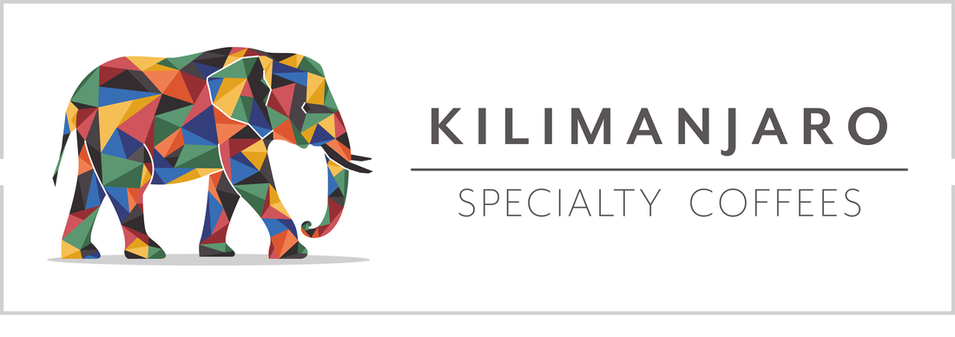
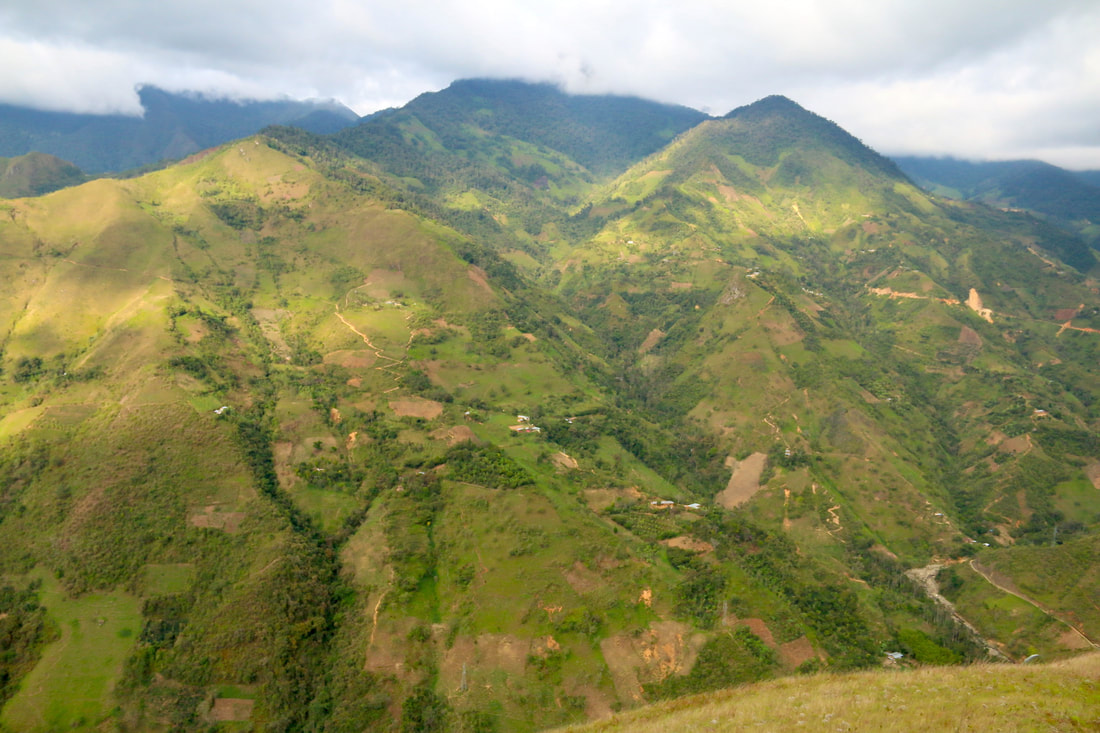
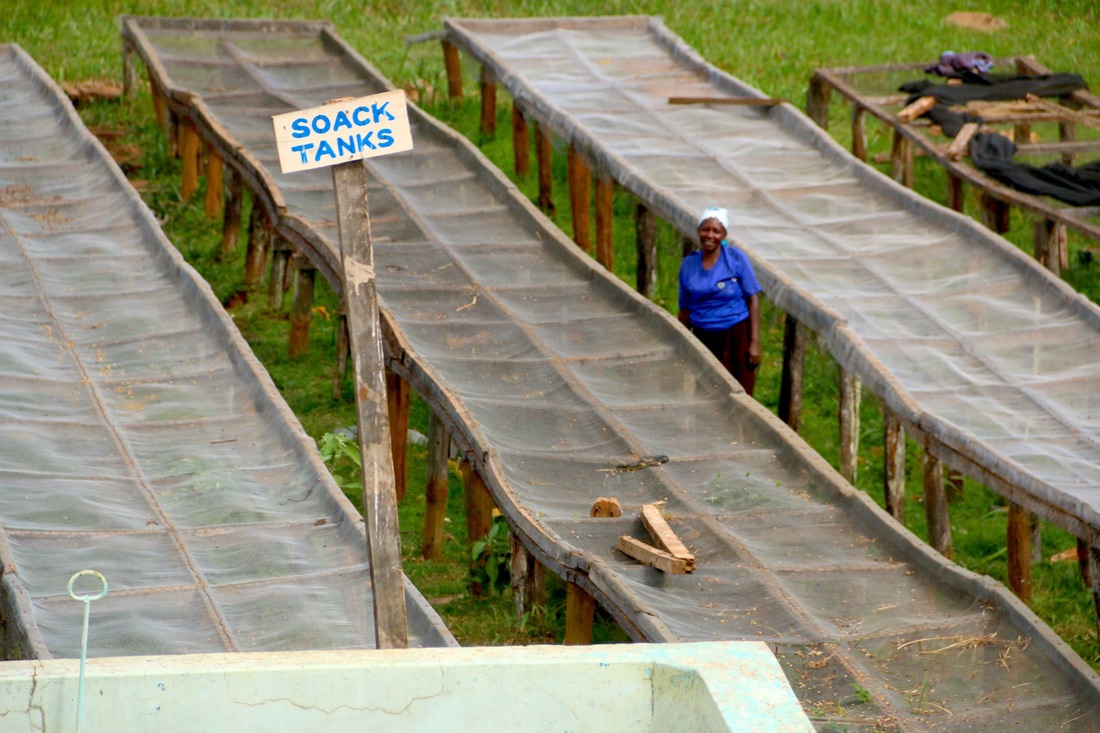
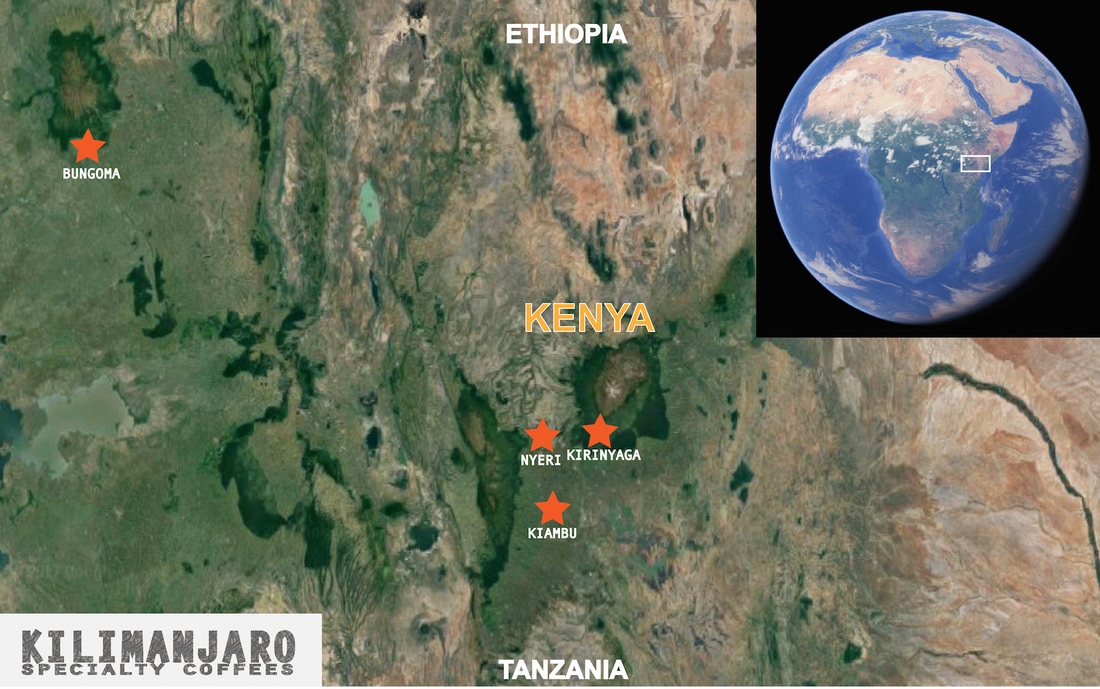
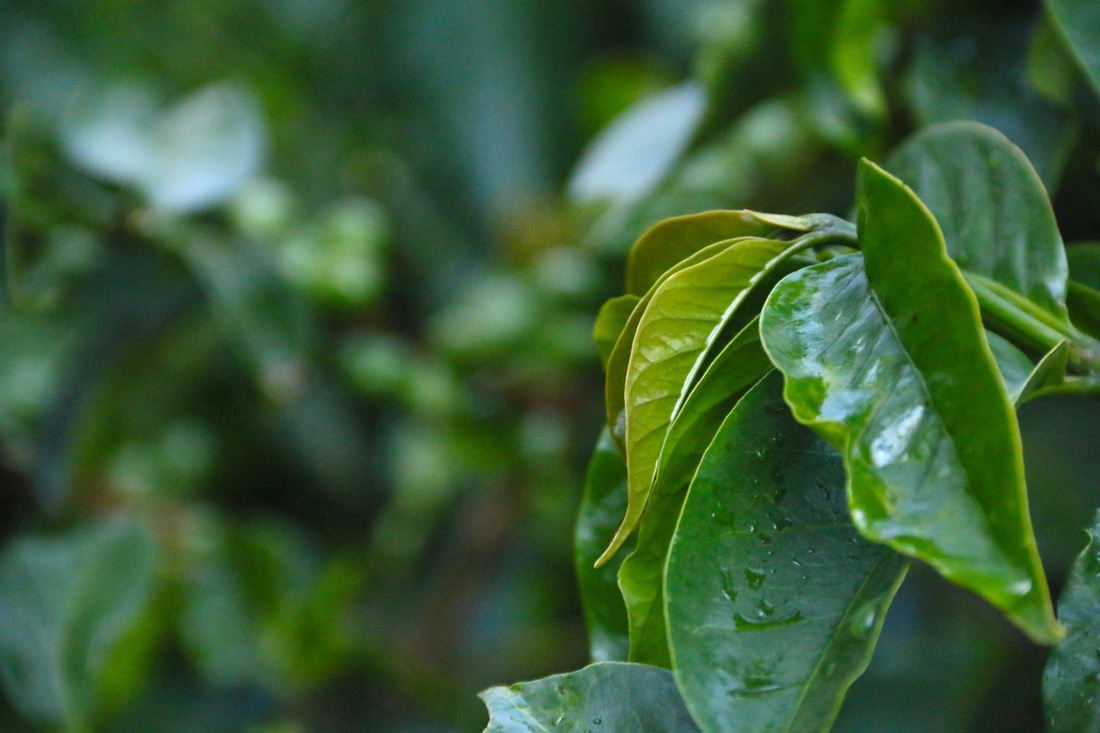
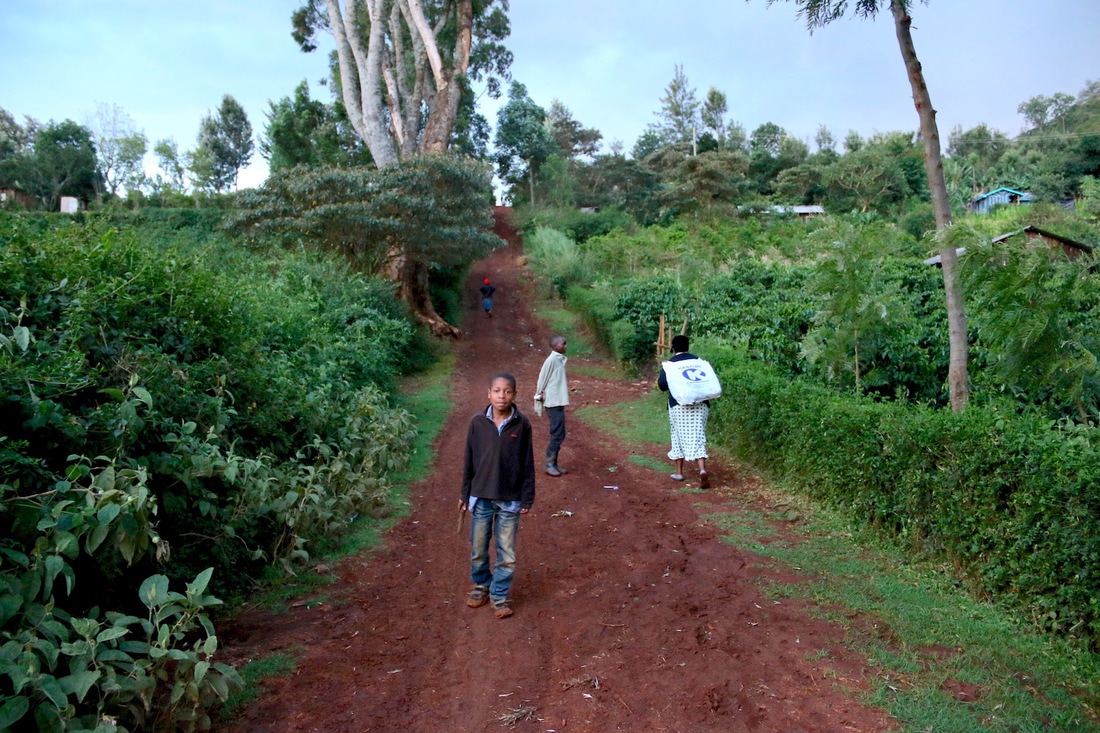
 RSS Feed
RSS Feed